Optimal Timing for Waterproofing
Waterproofing is a crucial process to prevent water intrusion and protect structures from damage. The optimal timing for waterproofing depends on various factors including climate, project scope, and material type. Properly timed waterproofing can extend the lifespan of a building and reduce long-term maintenance costs.
Spring offers moderate temperatures and less rain, making it suitable for waterproofing projects. It allows sufficient curing time before summer heat or winter cold sets in.
Summer's warm weather accelerates curing processes, but high humidity and rain can delay work. Planning around weather forecasts is essential for successful application.
Fall provides cooler temperatures and less precipitation, ideal for waterproofing. It prepares structures for winter conditions and minimizes disruption during colder months.
Winter waterproofing is generally not recommended due to freezing temperatures that hinder curing and adhesion. However, specialized materials can be used in mild winter conditions.

Ways to make Waterproofings work in tight or awkward layouts.

Popular materials for Waterproofings and why they hold up over time.

Simple add-ons that improve Waterproofings without blowing the budget.

High-end options that actually feel worth it for Waterproofings.
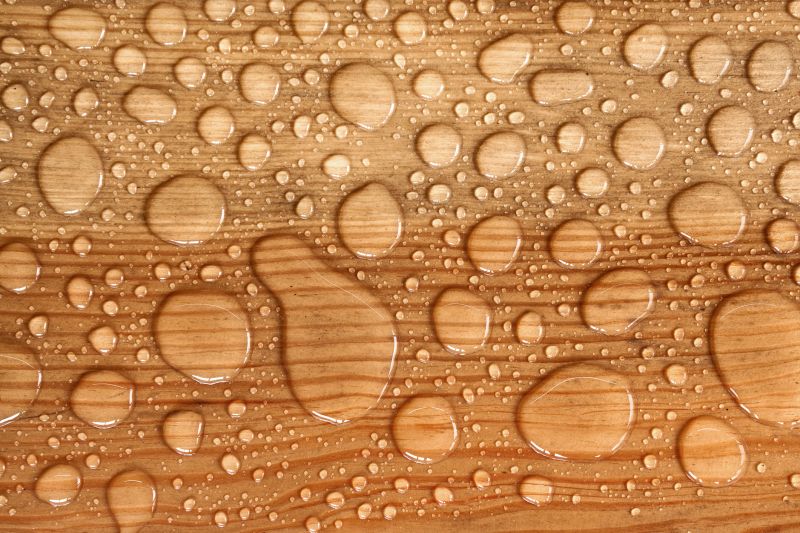
Finishes and colors that play nicely with Waterproofings.

Little measurements that prevent headaches on Waterproofings day.
| Season | Ideal Conditions |
|---|---|
| Spring | Moderate temperatures, low rain |
| Summer | Warm weather, manageable humidity |
| Fall | Cool temperatures, dry days |
| Winter | Not recommended unless using specialized materials |
Waterproofings involve applying protective barriers to prevent water penetration in structures such as foundations, roofs, and basements. Proper waterproofing enhances durability and prevents issues like mold, leaks, and structural deterioration. Different materials and techniques are used depending on the surface and environmental conditions.
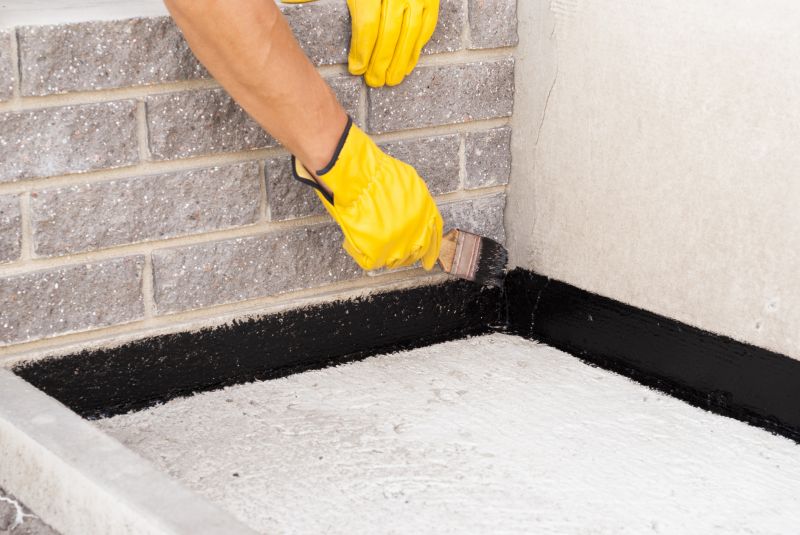
A 60-second routine that keeps Waterproofings looking new.
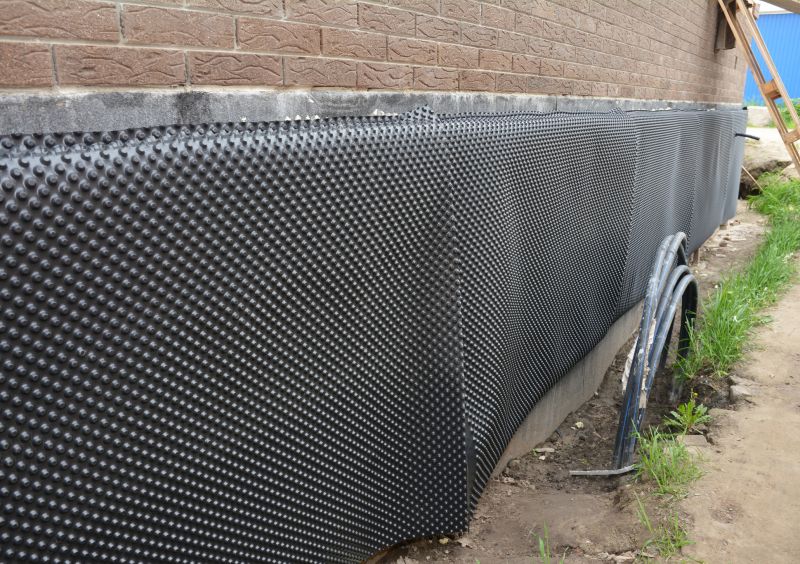
A frequent mistake in Waterproofings and how to dodge it.
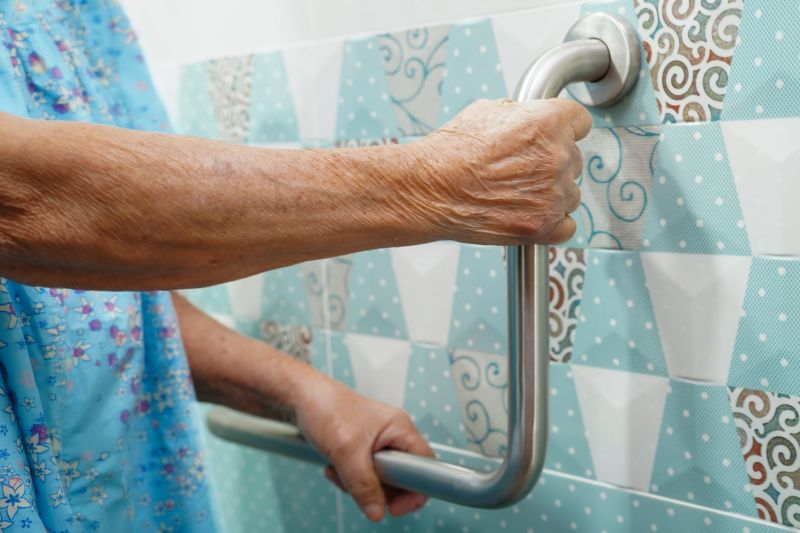
Small tweaks to make Waterproofings safer and easier to use.

Lower-waste or water-saving choices for Waterproofings.
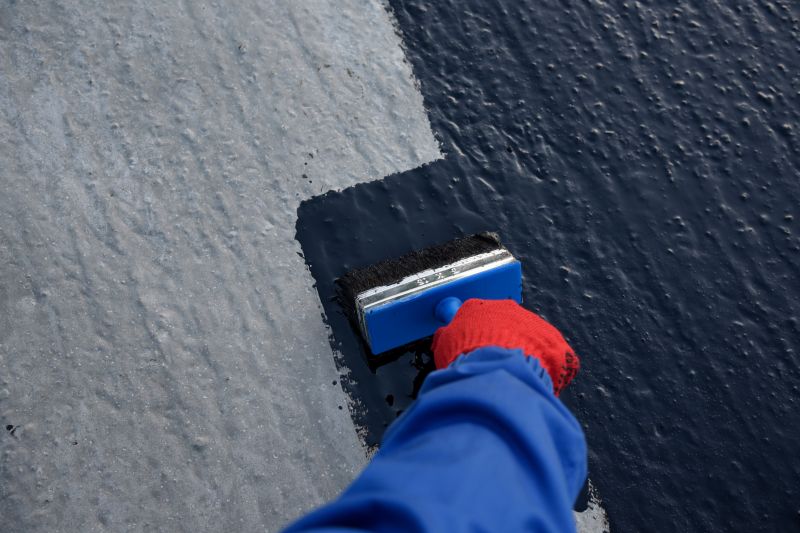
The short, realistic tool list for quality Waterproofings.

Rough timing from prep to clean-up for Waterproofings.
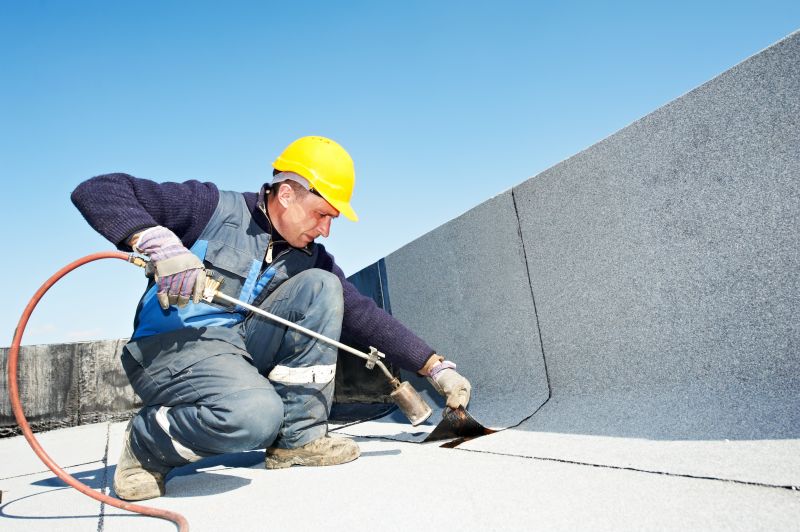
Quick checks and paperwork to keep after Waterproofings.

Examples that show the impact a good Waterproofings can make.
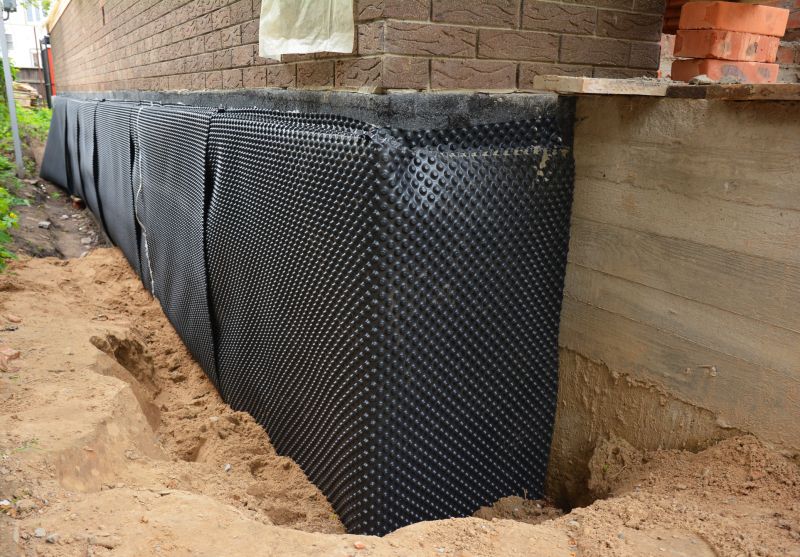
Ways to make Waterproofings work in tight or awkward layouts.
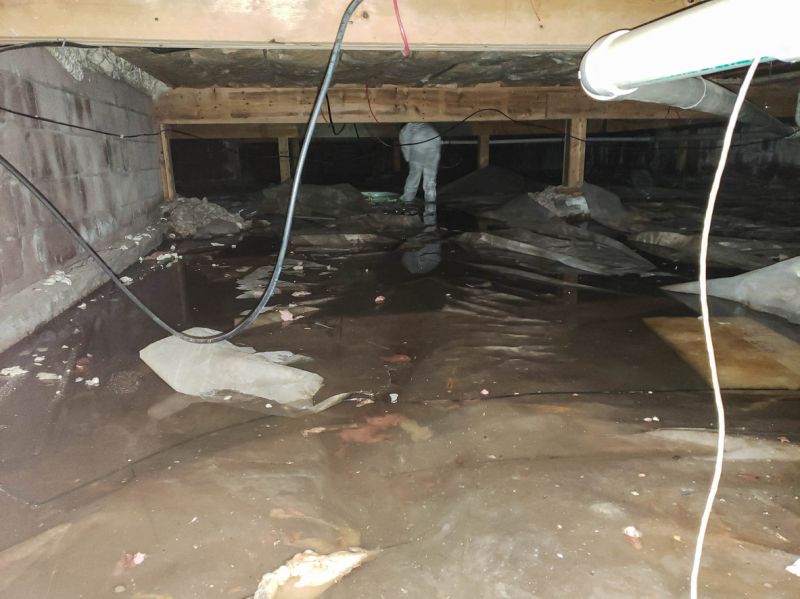
Ways to make Waterproofings work in tight or awkward layouts.
Waterproofing helps prevent water damage, reduces mold growth, and extends the lifespan of structures.
Durability varies by material and application, but many waterproofing systems last between 5 to 15 years with proper maintenance.
While feasible in most seasons, optimal results are achieved during spring and fall when weather conditions are moderate.
Common materials include liquid membranes, bituminous coatings, rubberized membranes, and sealants tailored to specific surfaces.

